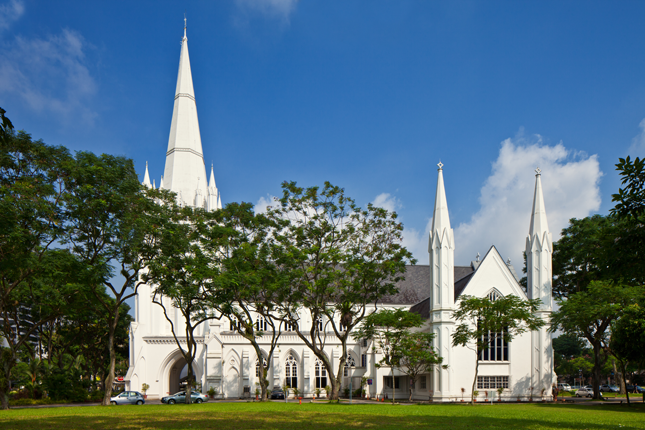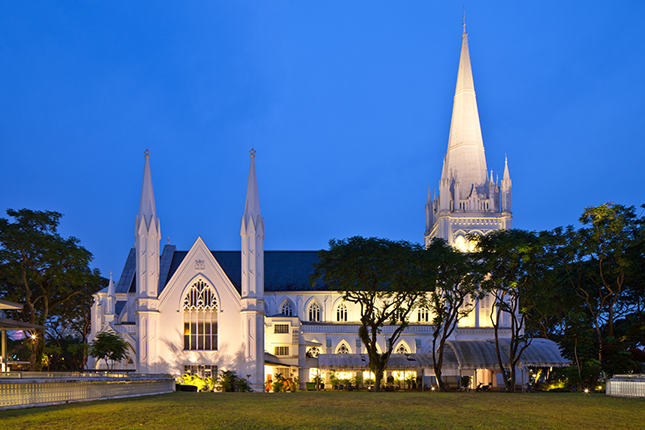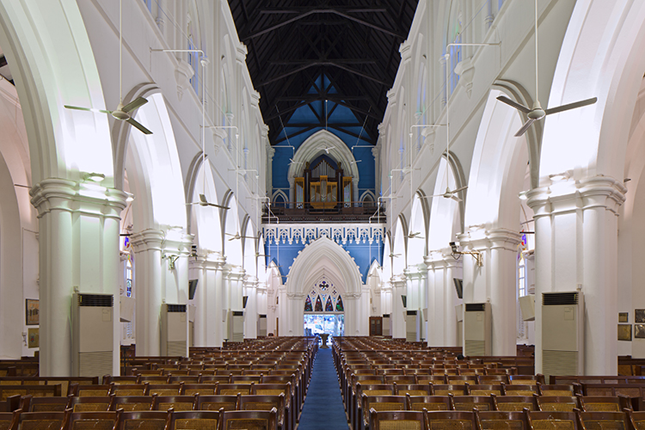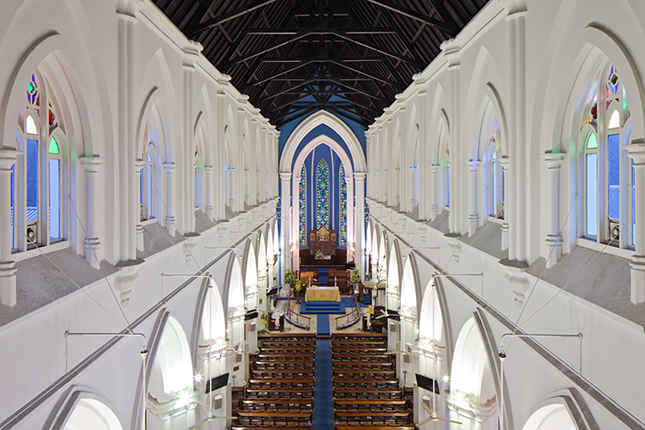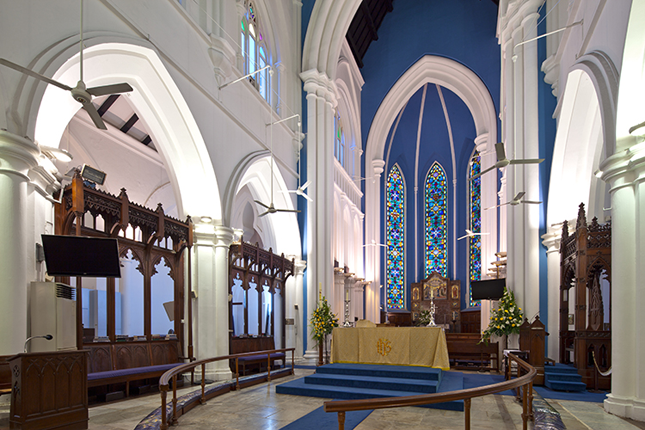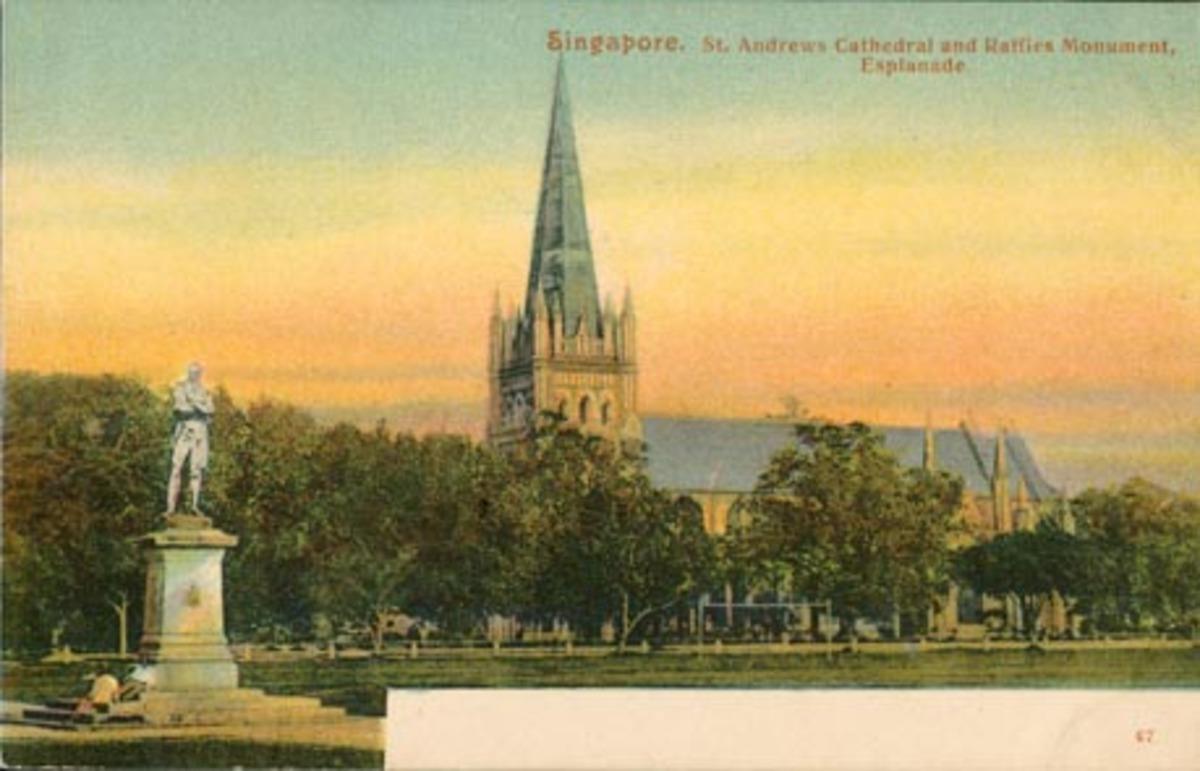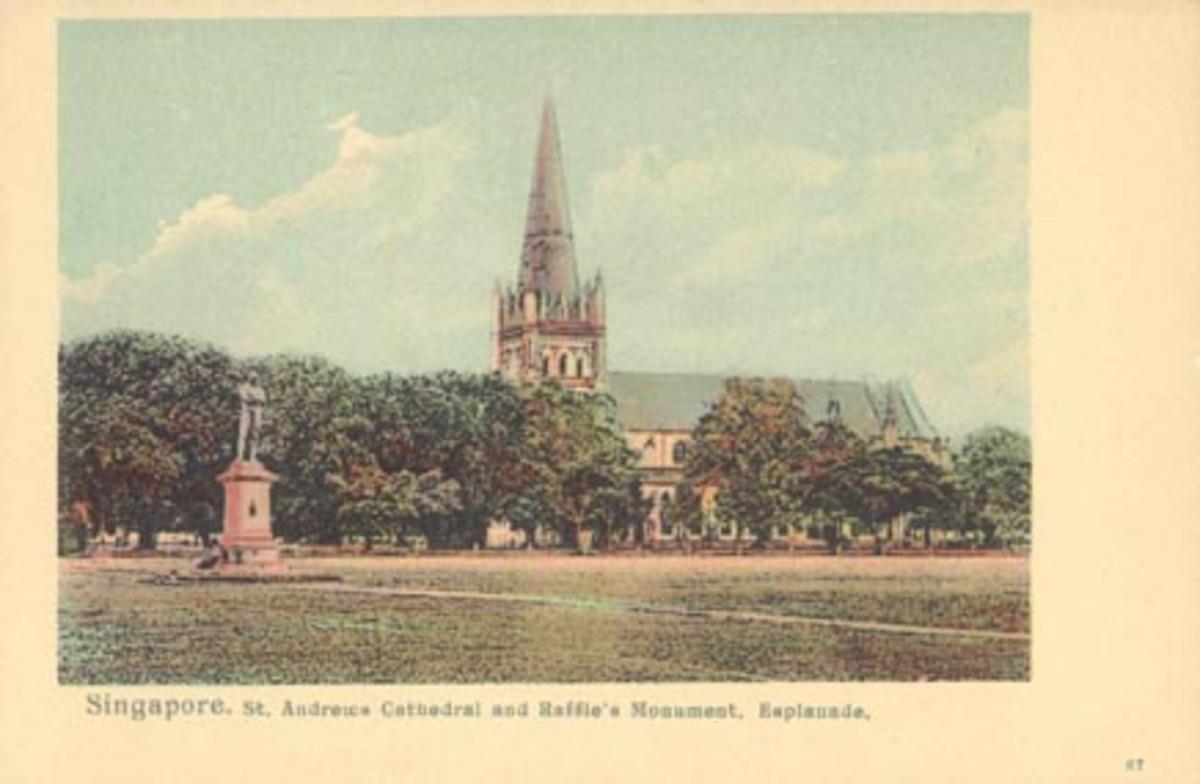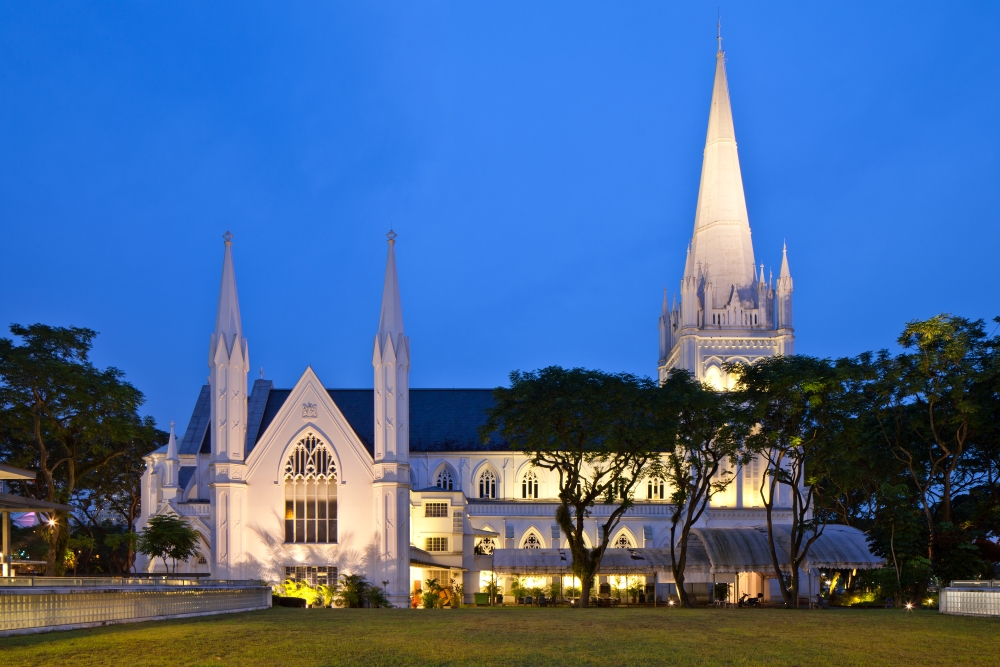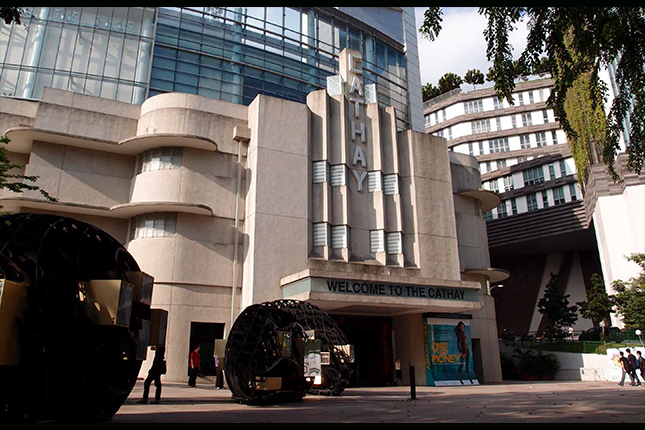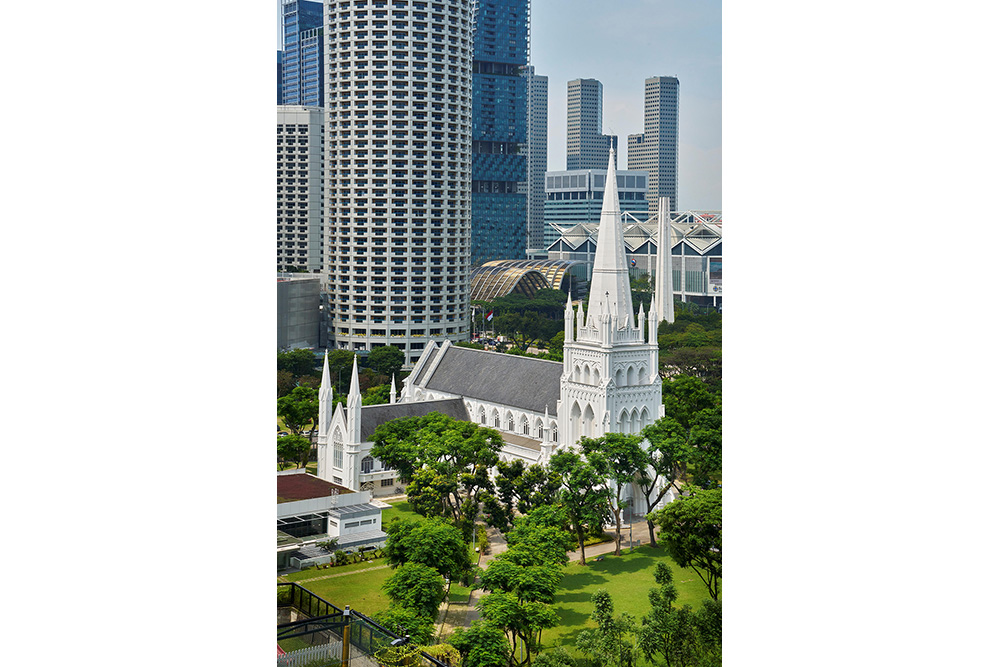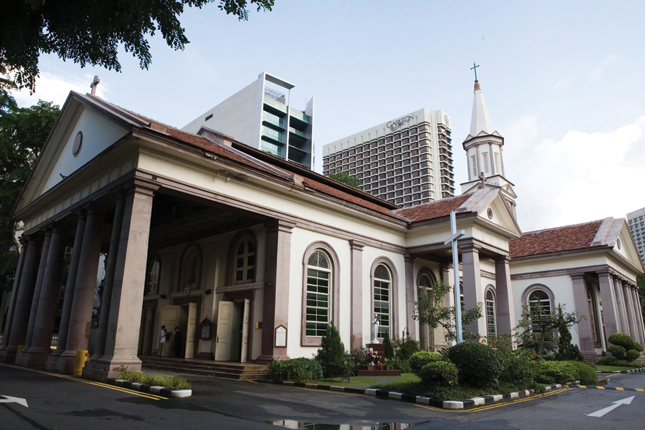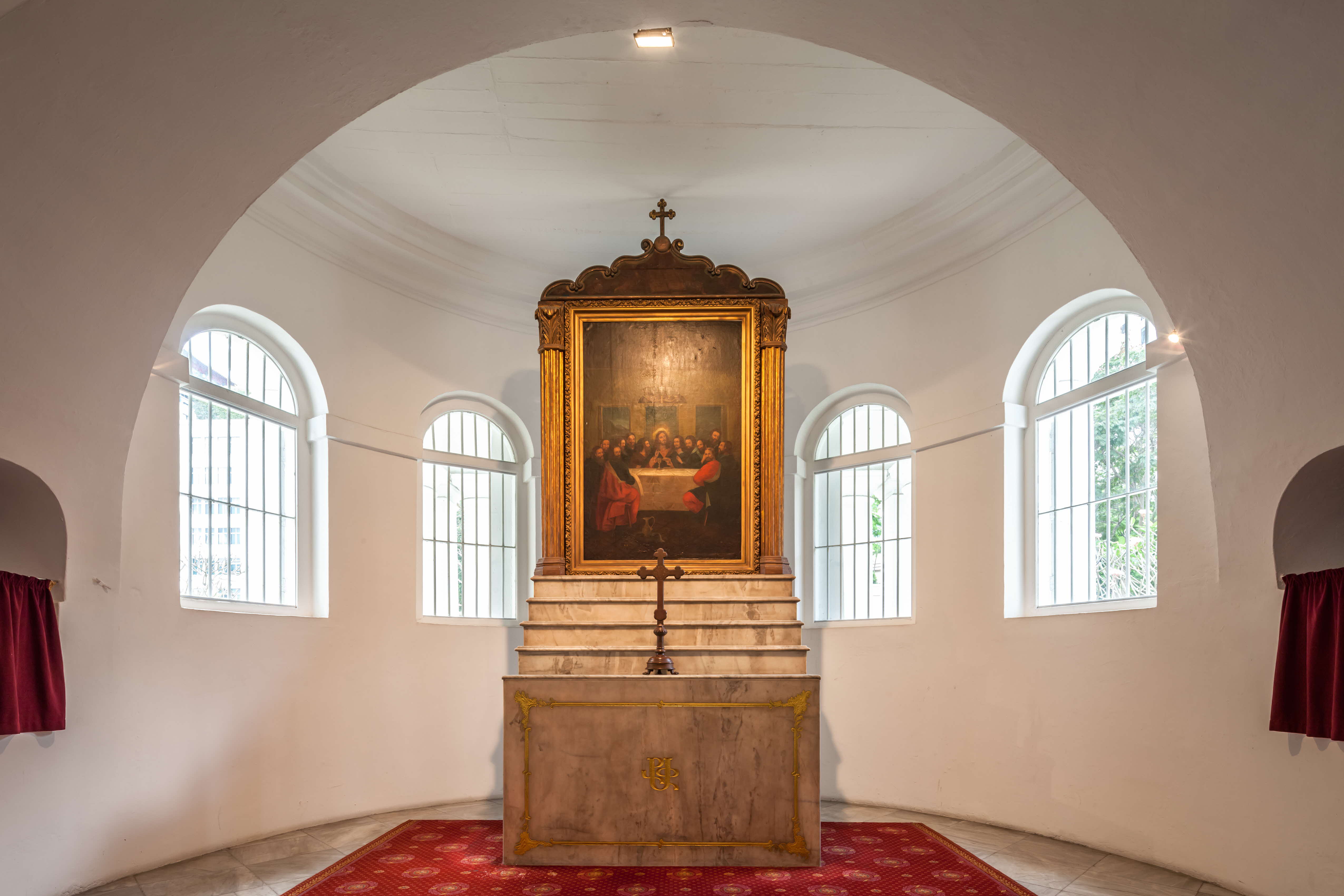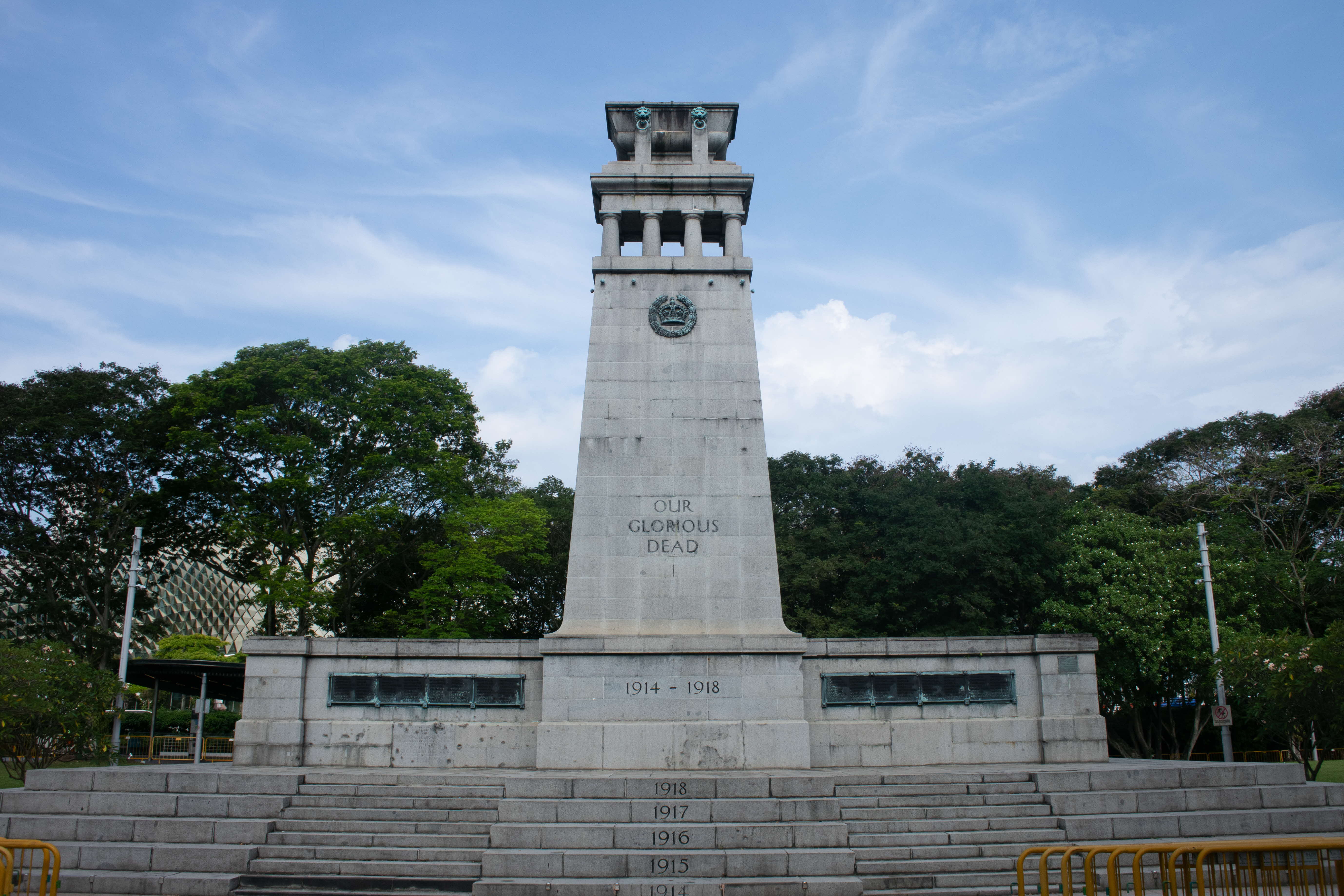Saint Andrew's Cathedral is Singapore’s oldest surviving Anglican place of worship and is the seat of the Anglican bishop of Singapore. The magnificent edifice has stood the test of time, bearing witness to the spread of Anglicanism in the region. It also testifies to the contributions of the local Scottish, English, and Indian communities to the growth and development of colonial Singapore.
Church of England in Singapore
The history of the Church of England in Singapore began when the British East India Company appointed a chaplain to the new trading port, which was under the jurisdiction of the Bishop of Calcutta. In the early years, the Anglican community worshipped at the wood-and-attap chapel of the London Missionary Society at the junction of Bras Basah Road and North Bridge Road, where Raffles Hotel's extension wing is situated today.
George D. Coleman, having designed the Armenian Church, was called upon to prepare the architectural plans for an Anglican church on the site marked out for ecclesiastical use in Singapore's Town Plan. On 9 November 1835, Bishop of Calcutta Daniel Wilson laid its foundation stone. The new church was named after Saint Andrew, the Patron of Scotland, in honour of the Scottish community who had donated generously to the building fund.
Struck by Lightning
The original Neoclassical church completed in 1837 did not have a spire. Governor Surveyor John T. Thomson ordered one to be added to the building later. Unfortunately, no lightning conductor was installed, and the spire was struck twice by lightning in 1845 and 1849. By 1852, the church was declared dilapidated and unsafe. During the construction of a new church, the Anglican congregation returned to worship at the London Missionary Society’s old chapel.
New Church for the Anglican Community
Lieutenant-Colonel Ronald MacPherson, Executive Engineer and Superintendent of Convicts in Singapore, designed the new Anglican church in the Neo-Gothic style, but simplified the plans so that Indian convict labourers could execute the project easily. The grand edifice is one of the last few constructions in Singapore that were undertaken by Indian convict labour.
Shortly after the foundation stone was laid, MacPherson was transferred to Malacca as the Chief Civil Officer. The task of completing the new church fell on three government officers: Major John F. A. McNair, who succeeded MacPherson and was the architect for the Istana; John Bennett, who later designed the Town Hall; and W. D. Bayliss, Superintendent of Works and Surveys. Completed in 1861, the church was elevated to the status of a cathedral in 1870.
When the Japanese invaded Singapore in 1942, the nave was temporarily converted into a hospital to treat the wounded. Throughout most of the war years, the cathedral remained open for services.
Architecture and Furnishings
Saint Andrew's Cathedral is one of Singapore’s few surviving examples of English Neo-Gothic architecture. Its belfry, with lancet-shaped windows and elegant spires, resembles that of the famous Salisbury Cathedral in England. Within the belfry was a half-tonne bell donated in 1843 by Maria Balestier, wife of the then American Consul, Joseph Balestier; she was also the daughter of Paul Revere, a patriot during the American Revolution. The bell was replaced by a new peal of bells in 1889 and is currently housed in the National Museum of Singapore. The porte-cochere (carriage porch) is located under the steeple, offering churchgoers and visitors shelter from the tropical heat.
Madras chunam, a plaster often used by convict labourers on early colonial buildings, gave the walls a brilliant, polished look. The mixture, as explained by McNair, was ‘made from shell lime without sand; but with this lime we had whites of eggs and coarse sugar, or “jaggery”, beaten together to form a sort of paste, and mixed with water in which the husks of [coconuts] had been steeped’. Fine soapstone powder was occasionally sprinkled on the walls, and rock crystals or rounded stones were then rubbed against the dried surfaces until the walls took on a smooth, glossy finish.
The two-storey nave has aisle arcades surmounted by clerestory windows that illuminate the interior naturally. In the sanctuary stands a high altar with an altarpiece depicting the Nativity of Jesus, which is flanked by the images of Saint Peter and Saint Andrew. Behind the altar are three colossal coloured- and stained-glass windows commemorating three important figures in Singapore’s early colonial history: (from left to right) John Crawfurd, second Resident of Singapore; Sir Stamford Raffles, who established Singapore as a British trading port; and Major-General William J. Butterworth, Governor of the Straits Settlements between 1843 and 1855. The windows also bear the men’s coat-of-arms.
Sir Cecil C. Smith, then Governor of the Straits Settlements, donated the wooden pulpit, which was carved and crafted in Ceylon (today's Sri Lanka). A cross hangs behind the pulpit; it is made of nails from the ruins of Coventry Cathedral in England, which was bombed and destroyed in 1940 during the Second World War. Along the walls of the nave are memorial plaques commemorating former members of the congregation, including the military personnel who had sacrificed their lives during the two World Wars.
Saint Andrew's Cathedral Today
Saint Andrew's Cathedral remains an important place of worship for the Anglican Communion in Singapore today. It conducts services in different languages, including English, Mandarin, Cantonese, Hokkien, Tagalog, Bahasa Indonesia, and Burmese.
Our National Monuments
Our National Monuments are an integral part of Singapore’s built heritage, which the National Heritage Board (NHB) preserves and promotes for posterity. They are monuments and sites that are accorded the highest level of protection in Singapore.




